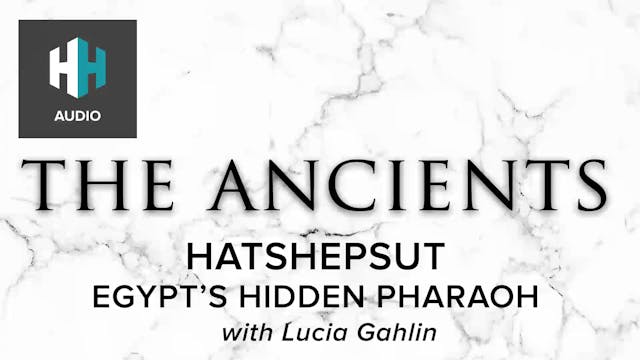🎧 Volcanic Vineyards of Pompeii
🎧 The Ancients • 35m
An ancient town, buried and preserved beneath volcanic ash, Pompeii is of course a gift to archaeologists and historians seeking to find out more about the lives of the civilians in a regular Roman town. Beyond the well recognised plaster casts of the bodies of people and animals alike, and the structures and artwork maintained in situ, however, is evidence of a very specific system. That is the system of the cultivation of grapes and the process of extracting every usable substance from them to make wine. Positioned in the Campania region of Italy, Pompeii shared fertile soils, perfect climatic conditions and proximity to a busy sea port. The grapes of Pompeii may have ended up on the tables of the house at which they were grown; they might have been made into low quality wine for manual workers or better quality wine valued at more than the wages of many; or, they might have been shipped far and wide. Emlyn Dodd is a Fellow at the Australian Archaeological Institute in Athens and is currently directing a survey project across Cycladic islands which, among other things, is investigating the production of wine and oil in the Classical to Late Antique eras. He spoke to Tristan about what the evidence from Pompeii tells us about grape growth and wine production there, and whether this can be scaled out to other settlements in the Roman Mediterranean.
Up Next in 🎧 The Ancients
-
🎧 Hatshepsut: Egypt's Hidden Pharaoh
Hatshepsut – whose name means “foremost of noblewomen” – was an exceptional figure in the history of Ancient Egypt. Only the second woman in history to assume the title of pharaoh, during her reign she oversaw the building of monumental temples, established trade connections with far away African...
-
🎧 El Kurru: Egypt's Nubian Pharaohs
In the 8th and 7th centuries BC, Ancient Egypt was ruled by an extraordinary ruling dynasty. This was the 25th Dynasty, also known as the Nubian Dynasty because of their Kushite routes. The Nubian Dynasty were sure to remember their southern routes. They maintained their Nubian identity, with one...
-
🎧 Tomyris: A Warrior Queen's Revenge
Her legend afforded her a place alongside Eve, Cleopatra and Venus, to name just a few of the famous women whose biographies were collected by Giovanni Boccaccio in 1361-2. Though not a household name as the others may be, Tomyris’ story contains all of the hallmarks of an epic. Tomyris was Queen...



